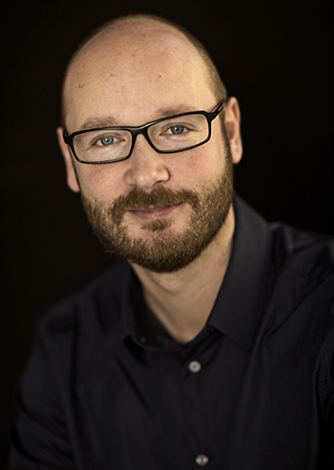Birth name Martin Lohse | Website www.martinlohse.com Name Martin Lohse | |
 | ||
Labels Dacapo Records/Naxos Records | ||
Moto immoto martin lohse mythos kj ller mogensen live
Martin Lohse (born May 29, 1971 in Copenhagen, Denmark) is a Danish 21st century classical composer and visual artist.
Contents
- Moto immoto martin lohse mythos kj ller mogensen live
- in liquid sonata for accordion piano 2007 martin lohse
- Biography
- Music
- Mobile
- Numbering of works
- Performances
- Works
- Orchestral works
- Vocal works
- Chamber works
- Electroacustic works
- Correspondence chess
- References
in liquid sonata for accordion piano 2007 martin lohse
Biography
Martin Lohse began his education at the Musical Science Institute in Copenhagen (1990–92). In 1995 he was admitted to the Royal Danish Academy of Music, Copenhagen, where he studied composition and music theory as a pupil of Hans Abrahamsen and Niels Rosing-Schow. In 2000 he started a postgraduate course in composition and in 2004 he had his debut from the Royal Academy of Music.
In 2003, he received the 3-year Grant from The Danish Arts Foundation. Besides composing acoustic and electro acoustic music, he does abstract paintings – usually with a clash of disintegration and pure and clear colours.
Music
In my music, I try to encircle small musical moments and atmospheres, which can timeless progress and unfold. The collocation and collision of a “pure” and clear music with a disintegrated and multilayered music is one of the main characteristic of my music. In the heart, the music often emanate a harmonic and melodic reminiscence of past experiences in glints or longer periods which combined with a floating sensation (accelerando, decelerando etc.) creates a music with the organic form as one of its main foundations.
Romantic and, to some extent, Baroque music are key elements in the music of Martin Lohse. Smoke, Koncert , 8 Momenti Mobile... and In remembrance... all have a reminiscence of the romantic style: Small motives and longer themes within a gliding tonality, mixed with a floating sensation of times, sometimes with long and continues accelerandoes or decelerandoes and at other times with tempos slowly departing from each other. The Baroque style is clear in a piece like Concerto in tempi, but it's also a part of works like In remembrance... In liquid... and Entity.
The music has some polystylist elements, not in the form of big clashes of different styles, but more in the sense of polytonality including polytempoes, f. ex in the work In liquid... for accordion and piano, where the accordion in the 1. movement starts slowly together with the piano, but gradually makes a forceful accelerando toward a brilliant baroque figure in a direct collision with the piano, which keeps the slow steady music from the start.
New Simplicity is an essential part of his music, with a direct input from his teacher Hans Abrahamsen, but also evolved with the meeting with Arvo Pärt and his music. It is used to concentrate the music, finding the essence in a motive, a harmonic progression or in a structural complex created by the composer. In works like Slow movement, Sorrow and 4. movement of In liquid... for violin and piano the minimalism is transformed or rather reduced to a nearly pure transcendental form.
Mobile
A musical technique developed by Martin Lohse in 2009 where he combines the polystylistic elements with a simple repeating sequence of chords, creating a music with both baroque and romantic elements, all in different tempos but with no or very few dissonances.
Numbering of works
Martin Lohse has divided his work in two parts.
- 1996-2010 where selected works has been numbered No. 1/23 to No. 23/23.
- 2009- where the works has been numbered No. 1, No. 2 and so on.
Performances
Lohses works have been widely performed. Selected performances:
Works
Selected works
Orchestral works
Vocal works
Chamber works
Electroacustic works
Correspondence chess
Awarded the grandmaster title in the International Correspondence Chess Federation in 2009.
Best result is a 3. place in the candidate tournament WCCC28CTO3, where a 1-2. place qualify to the final in the World Championship.
